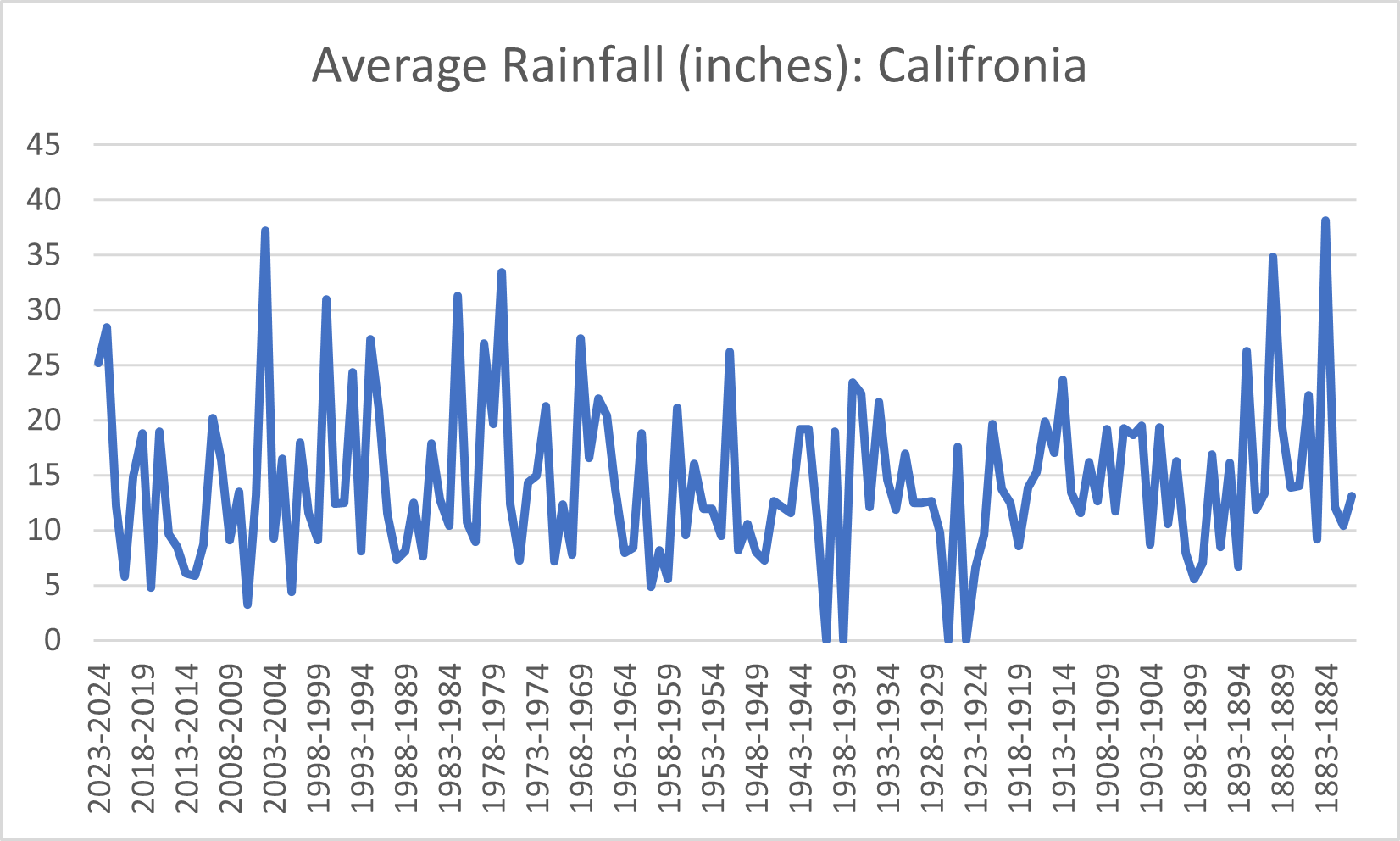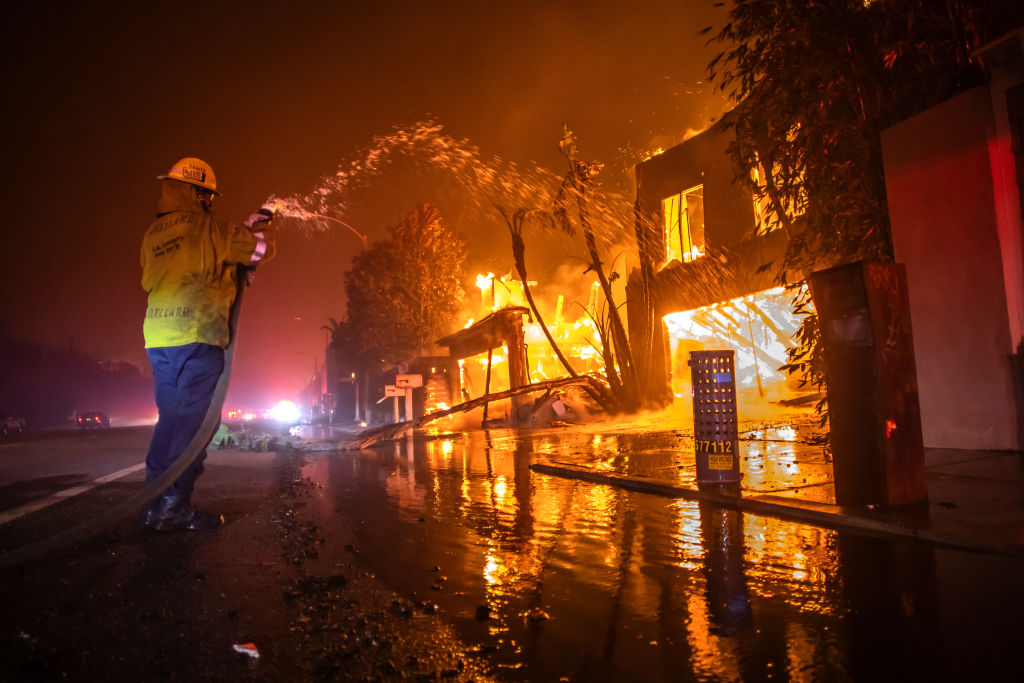Since the cataclysm in Los Angeles started on 7 January, every political body in the world responsible for fire-prone areas will have summoned reports from their specialist wildfire units.
The ACT would be among them, with several officials from the Parks and Conservation Service, as well as the Commonwealth’s Department of Climate Change, Energy, the Environment, and Water, likely called back into the office during the first few days of January.
Fires come and go, and serious ones invariably bring inquiries in their wake. In Australia, the outcomes of these normally chastise the authorities for having too few cool burns to prevent the build-up of flammable material that can so easily fuel the deadly deflagrations we saw consuming Hollywood.
But people in modern society are less fully persuaded about the merits of forest thinning in reducing fire risk and intensity than people were a century or so ago.
Burn-offs are unpopular because of the smell and appearance. Some regard them as an unwanted, unnatural human intervention. Among those, some consider such interventions as being harmful because they address the symptoms rather than what they see as the true causes of fire activity: increased levels of human induced CO2emissions and associated increases in global warming. For those of this view, nothing short of stopping the use of coal and oil is acceptable. Thus, for activist author Joe Romm,
“the catastrophe of the Los Angeles fires, fueled in part by climate change, would be one of many climate “Pearl Harbors” that might help wake up the public to the urgent need for climate action”.
The climate alarmist Commonwealth Minister for Emergency Management, Jenny McAllister, comes close to echoing such views when she says these types of fires will, “arise more frequently and we are going to confront fire seasons that in some instances will be unprecedented”.
That approach would enjoy considerable support – indeed is fostered by – those with commercial interests in wind and solar energy supplies displacing coal and gas. As a result of subsidies, wind and solar now provides 30 per cent of electricity – up from zero 20 years ago. The ACT claims to be 100 per cent renewable but that is simply ideological breast-beating since the ACT is a part of the NSW system and has an identical share of wind/solar.
Commercial and ideological proponent of wind and solar would be dismayed by the inauguration of President Donald Trump on 20 January, as it brings into office a pre-eminent world leader who wants no windfarms built during his presidency, “they litter our country, nobody wants them, and they are very expensive”.
This is just as well, since there is no evidence of climate change creating more extreme events, greater dryness, stronger winds and other adverse effects.
Rainfall levels in California, as in Australia, are highly variable year-by-year but show no trend.

And the strong winter northern winds (the Santa Anna) that propelled the fires have been recorded since 1871, and on over two dozen occasions over the past 150 years, have brought serious fires.
One area of reality is the insurance payouts due to natural disasters.
Munich Re,’s annual tabulation of world-wide catastrophe losses related to weather events for 2024 comes to $298 billion dollars. Munich Re attributes the losses to climate change, saying, “climate change is showing its claws”. The Munich Re.’s view contrasts with those of Swiss Re., “Economic development continues to be the main driver of the rise in insured losses resulting from floods, but also other perils.”
Roger Pielke constructs the graph below which clearly shows there is no increase in insurance payouts adjusted for the value of assets. If anything, the average annual payout from climate events has tended to decline.

There are other matters that have been said to have contributed to the LA disaster. Among these is a sub-optimal priority on clearing forest fuel. Also mentioned is a shortage for firefighting due to no new dams having been built and the dismantling of some existing dams, one of which was to assist the conservation of a little-known fish. Other alleged contributory factors were the appointment of unqualified “diversity hires” – the most senior Fire Department officials were Kristina Crowley, first LGBTQ Fire Chief; Kristina Kepner, first lesbian Assistant Chief; and Kristine Larson, first black lesbian Equity Bureau Chief. The merits of these and other considerations will doubtless be given considerable scrutiny in the months to come both in LA itself and around the world.
Dr Alan Moran was the Director of the Deregulation Unit at the Institute of Public Affairs from 1996 until 2014 and was previously a senior official in Australia’s Productivity Commission and Director of the Commonwealth’s Office of Regulation Review. He played a leading role in the development of energy policy and competition policy review as the Deputy Secretary (Energy) in the Victorian Government.



